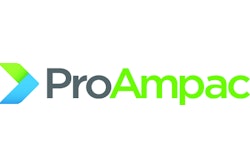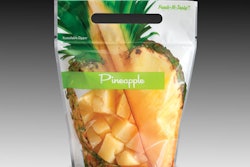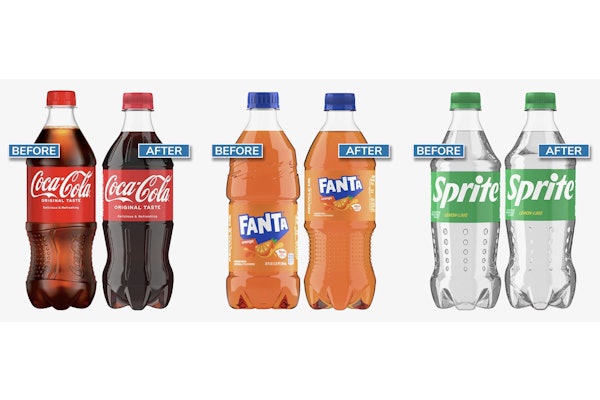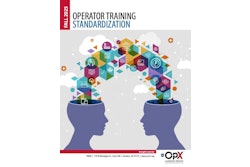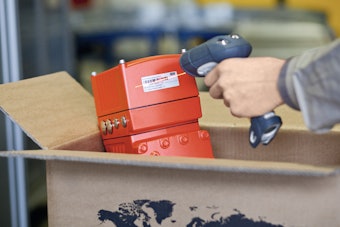According to Sprout CEO Ron Davis, package safety, product freshness, convenience, and sustainability were among Sprout’s top concerns in selecting a packaging format to launch the new brand in early 2009.
Says the Ampac FPA entry form: “Sprout is a company that knew it wanted to differentiate itself on its fresh, organic ingredients and its philosophy of providing parents [with] natural food options for their children. Their choice to use Ampac stand-up pouches with differentiating opening and closing features to bring these products to the market is an indicator of the increasing knowledge of brands and manufacturers about the benefits of flexible packaging, including sustainability benefits that are a major feature of the flexible packaging format.”
Sprout is using the pouch format for 30 product SKUs in 2.5-, 3.5-, and 5.5-oz sizes. The pouch is a four-layer, BPA-free construction of PET/foil/biaxially oriented nylon/polypropylene, and includes Ampac’s proprietary Linear Tear technology for easy pouch opening and a retortable, reclosable zipper. Film is gravure-printed in eight colors with graphics designed to showcase the product’s “freshness, quality, and flavor,” according to Davis, and is supplied to Sprout as a preformed pouch.
The primary sustainability feature of the pouch cited by Ampac in the FPA entry form is its reduced weight versus the glass jars or rigid cups traditionally used for baby food. “A comparable glass jar for baby food makes up 70 percent of the weight of the product being sold,” says Ampac. “A comparable rigid tray with a peelable lidstock and rigid lid makes up 14 percent. In contrast, the new retort pouch makes up six percent of the weight of the product sold, providing a tremendous improvement in the product-to-package ratio.” This results in reduced shipping costs, as well as lower inventory costs, as only one package component is required.
Other advantages of the pouch format include safety, portability, convenience, and enhanced product freshness. Compared with a glass jar, the pouch will not shatter or break during distribution or use, and product packed in the pouch requires less time for sterilization “resulting in a higher-quality, better-tasting product,” says Ampac.
Sprout also required that the pouch be non-microwavable; consumers heat the product by placing the pouch in hot water, ensuring that the food retains its flavor and nutritional value. Sprout notes that this also eliminates the energy needed by consumers to prepare the food. Baby can also be fed directly from the pouch, eliminating the need for dishes or bowls and the subsequent energy required to wash them.
Davis notes that both retailers and consumers have responded very positively to the new product and package. “Retail distribution is expanding as a result,” he says, “and consumers love the product, the quality of the food and the convenience of the package.”

